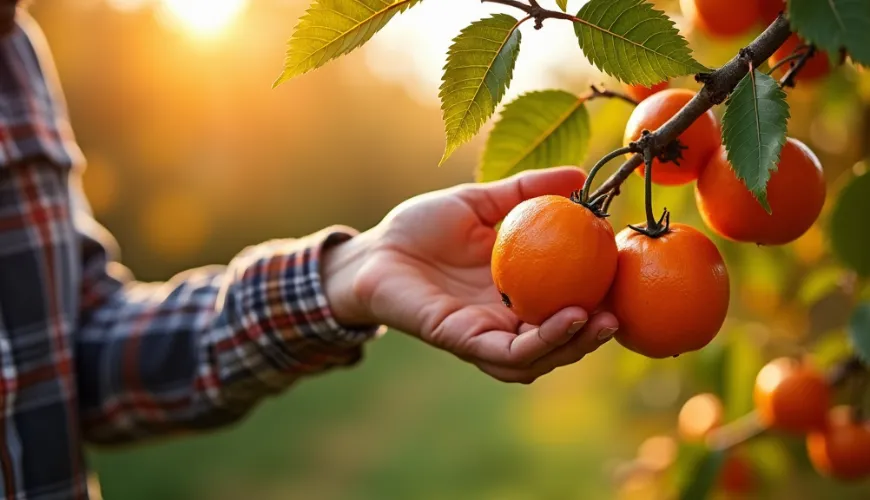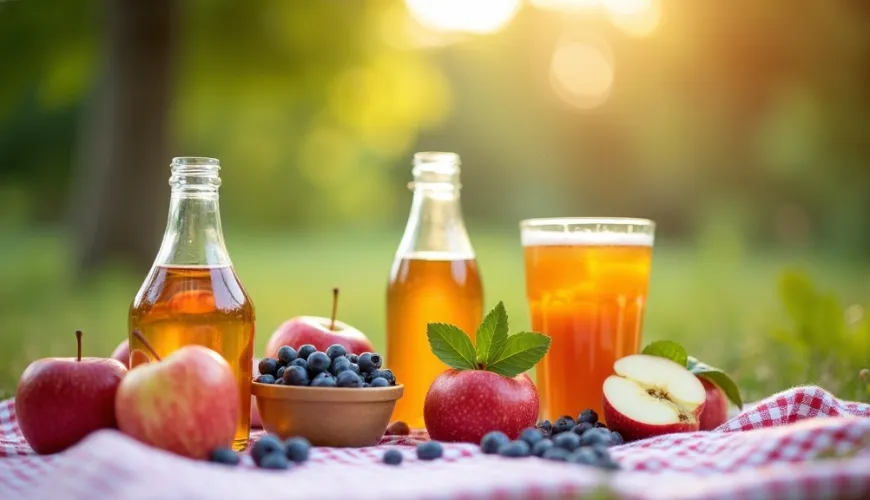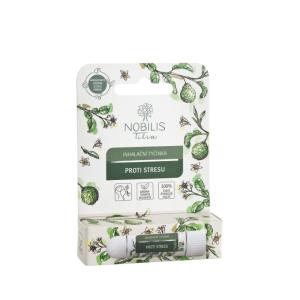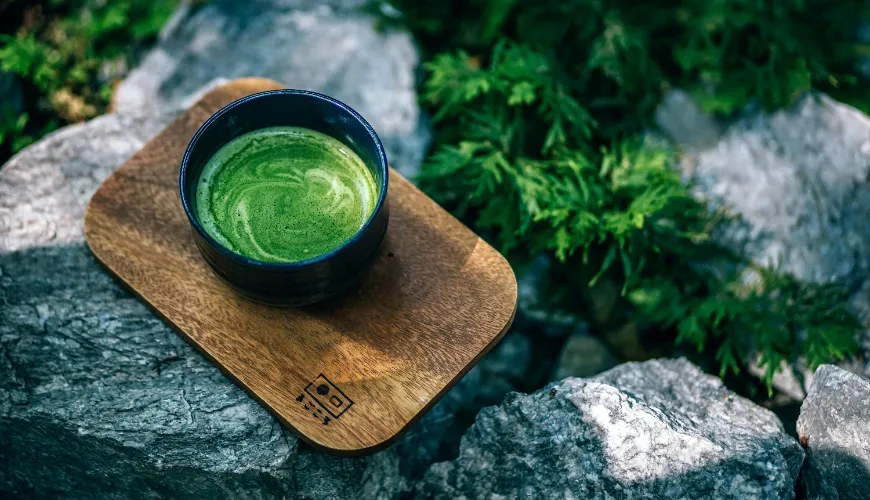
Healthy and Guilt-Free: What Can a Diabetic Eat Without Restrictions

What Can a Diabetic Eat Without Restrictions? Myths, Reality, and Practical Tips
When a person hears the diagnosis of diabetes, it often triggers a wave of concerns. One of the first questions usually is: "What can I eat now?" It's common to feel that you'll need to give up most of your favorite foods, that every bite will need to be counted, and that the pleasure of eating will be a thing of the past. However, this is not entirely true. Although diabetes emphasizes careful eating and blood sugar control, there is a wide range of foods that a diabetic can eat with fewer restrictions – and sometimes almost without any limits. But what does "without limits" actually mean? And how do you know which foods these truly are?
Let's imagine Mrs. Jana, a 65-year-old retiree who, after years of work, could finally start enjoying weekends at her cottage. But then came the diagnosis of type 2 diabetes. Suddenly, every trip to the store became a source of stress. She read labels, avoided bread, pasta, and even fruit. After a few weeks, she began to feel tired, hungry, and in a bad mood. It wasn't until a visit to a nutritionist opened her eyes – not everything is so black and white. And some foods, on the contrary, can be a welcome ally on the menu.
Try our natural products
Unlimited Food? More Like Smartly Chosen and Practically Harmless
When talking about what a diabetic can eat without restriction, it's important to first say that the term "without limits" does not mean "in unlimited amounts without any consequences." In practice, it means that certain foods have such a low glycemic index and minimal carbohydrate content that their consumption has little or no impact on blood sugar levels – and thus no impact on insulin response. Such foods can be eaten more frequently, in larger quantities, and without the need to count every portion. Yet even here, variety and reasonable amounts are key to a healthy lifestyle.
Vegetables – The Queen of the Diabetic Diet
If we had to name one group of foods that a diabetic can eat almost without restriction, it would be leafy and non-starchy vegetables. Lettuce, spinach, arugula, cucumbers, tomatoes, zucchini, cauliflower, broccoli, cabbage, kohlrabi – these are all foods with low energy value, almost zero sugar content, and high fiber content. Fiber also helps slow the absorption of sugars from other foods and supports gut health.
For example, 100 g of raw spinach contains less than 1 g of carbohydrates. Similarly, cauliflower or cucumber are literally dietary miracles that satiate, provide minerals, and do not overburden the pancreas.
An interesting perspective is offered by some experts, such as Prof. MUDr. Pavel Tesař from the 3rd Faculty of Medicine at Charles University, who repeatedly emphasizes: "Vegetables should form the basis of every meal, not just for diabetics. It affects not only glycemia but also the heart, blood vessels, and overall immunity."
What Else Is Safe? Proteins and Some Fats
Besides vegetables, there are other groups of foods that are very important for diabetics – and almost harmless when chosen correctly. Lean proteins, such as chicken, fish, eggs, or tofu, contain minimal carbohydrates and have a low impact on blood sugar levels. Protein consumption also increases the feeling of fullness and supports the maintenance of muscle mass, which is especially important for older patients.
Some fats, especially healthy plant fats like avocado, nuts (in limited amounts), seeds, or olive oil, can also be part of a diabetic's diet without causing sharp glycemic fluctuations. However, caution is advised here – even healthy fats are very energy-dense, and therefore their "unlimited" nature has its limits.
Water, Herbal Teas, and Unsweetened Beverages
Perhaps surprisingly, one of the most important elements of a diabetic regimen is adequate hydration, with water being the number one beverage. People with diabetes should avoid sugary drinks and juices, but plain water, sugar-free mineral water, or unsweetened herbal teas can be consumed practically without restriction. Drinking water also helps the body better regulate glucose metabolism and maintain proper kidney function, which is particularly threatened in diabetics.
When to Be Careful – Even "Healthy" Foods Can Be Misleading
You've probably heard that fruit is healthy. But for diabetics, some fruits can be problematic. Bananas, grapes, mangoes, or dried dates have a high content of natural sugars, and their impact on blood glucose levels is rapid and strong. This doesn't mean that diabetics can't have fruit at all – they just need to choose varieties with a lower glycemic index (e.g., blueberries, strawberries, raspberries, apples) and eat them in smaller portions.
Similarly, caution is needed with products labeled "sugar-free." They often contain other forms of sweeteners or starches that have a similar impact on metabolism as regular glucose. Here, it pays to read labels and know the differences between simple and complex carbohydrates.
Practical Example – Healthy Snacks Without Guilt
But what to snack on when hunger strikes between meals? A diabetic doesn't have to rely on dry crackers or unsalted nuts only. Below are a few simple snack ideas that are tasty, nutritious, and have minimal impact on glycemia:
- Slices of cucumber with hummus
- Hard cheese with a few olives
- Boiled egg and a few cherry tomatoes
- Plain Greek yogurt (sugar-free) with a teaspoon of chia seeds
- Vegetable smoothie without fruit (e.g., spinach, cucumber, mint, water, a drop of lemon)
Such combinations can be not only delicious but also help maintain stable blood sugar levels, prevent ravenous hunger, and additionally support good digestion.
Food as Joy, Not as Threat
The key is to realize that a diabetic doesn't have to live in fear of every meal. With sensible selection and planning, the diet can be not only safe but also varied and tasty. Vegetables, lean proteins, healthy fats, and water – these are the pillars on which not only diabetes treatment but also a path to a healthy lifestyle can be built.
Even Mrs. Jana now says she eats healthier than ever before. She learned to experiment with new kinds of vegetables, discovered the charm of homemade hummus, and the joy of gardening. And most importantly – her glycemia is stable, she feels full of energy, and food is no longer a bogeyman but a natural part of life.
So: what can a diabetic eat without restrictions? Mainly vegetables, water, quality proteins, and some healthy fats. But above all – they can eat with joy, knowing what benefits their body.


